Us a lot of life at sea that have interesting shapes and colors, sometimes encourages us to touch it directly. But behind the beauty there are several types that need to be cautious further .
Some of the hundreds of dangerous marine life in them is;
Surgeonfish.
Most commonly referred to as fish or shell sand Botana, herbivorous fish species living area reefs and commonly consumed by coastal communities. However, if observed closely the base of the tail fin section (penducle) there are thorns that resemble blades and sharp as a scalpel,because this characteristic so that the fish is named Surgeonfish .
Mantis shrimp or Thumbspiltter
Claw is used to solve the clam shells and some cases can prove his claws cracked glass aquarium . The system does not work like other animals that have claws that are used for grasping prey and then tear , shrimp instead relying on momentum to speed her claws a serious effect on the target . There are also tools both in the shrimp 's defense , which is on the tail spines are sharp . So beware and do not disturb them .
Stonefish
As the name implies also called stone fish camouflaged areas most like rocks, mud, sand and rubble. If you like to walk on the shore or shallow waters, you should be careful with the rock fish. Since almost the majority of the fins have a strong poison. 1 stone fish venom glands can kill 100 mice, so my advice when playing on the beach using boots or footwear.
Scorpionfish and Lionfish
To reduce the pain you can make use of hot water mixed with vinegar or lemon slices.
Lined Catfish
Sembilang, quite familiar with the name of the sea catfish. These fish are usually found clustered in large numbers. Fish such as catfish in general this is using spines can sting located at the pectoral fins (pectoral) and dorsal fins (dorsal), the spikes are sometimes not seen as a veiled behind his skin. When diving should get away from the hordes of fish, feared they would be aggressive if they feel bothered by your presence.
Rabbitfish
By reference, dorsal fin, stomach and anal spines of fish baronang are toxic, although not fatal to humans, but enough to make the pain for a long time, the poison is still there until the fish is dead. So my advice is not to bother catching the fish yourself, even if you can reduce it herbivorous fish eating, because they help reduce coral competitors to grow on the substrate.
Sea Urchin
Anyone who has never met with urchins this one if you are snorkeling in the ocean. Although I do not get the reference, how this animal called sea urchins. But clearly these animals have spines are poisonous, due to the fragile prickly. If impaled on our skin, it will be broken and the thorns embedded in the skin.
The tips if exposed to sea urchins , feather fractures should be destroyed at once by mashing with a hard object on the punctured , and then given ammonia .
Crown Of Thorns Sea Star
Mosaic Sea Star
Apparently not all starfish safe for your touch, for example like this starfish that if you come in direct contact with the skin can cause skin numb for a while.
Southern Blue Ringed Octopus
Octopus with obvious characteristics of a blue circle on his body, it is very dangerous octopus are threatened, the octopus has a poison in every bite that can kill 10-25 people. Warning loudly when met with this octopus, should not be disturbed.Cone
Animal gastropods have a variety of motives, but behind his feature interesting patterns-there are some types have a poisonous sting, the impact causing death.
These animals stung by firing a spear as well as 25mm and hose, the spear can then be fed by poison.
The types to watch out for:
a. Geography cone
b. Striated Cone
c. Textile cone
d. Parian Cone
e. Seagrave's Cone
f. Marble Cone
g. Tulip cone
h. Cat cones
Sea Anemone.

Jellyfish
Jellyfish, no longer sanctioned by how the pain if exposed tentacles. Many types of jellyfish with varying degrees of pain of course. Starting from the pain, burn scars and cause of death. When met at sea should avoid the tentacles touched, except if you are dressed completely closed like using a wetsuit, gloves boots up.
Fire coral
Friends should further explore these coral species, because if we recognize any other coral reef with fire. The risk is that your skin burning sensation when touched the reef. Drawn can be seen that if the fire coral has enlarged nematocycsts can sting and penetrate the skin. So when snorkeling or diving should better know the reef as well.
Sea Fern
I prefer to call it chicken feathers, because it looks so. These animals belong to stinging hydroids with the same tools used by fire coral, which nematocycsts. Recently many animals found at sea, although you recognize but do not maintain buoyancy or keep a distance when swimming, are likely to be stung.
So, thank you for reading this article. Written and posted by Bambang Sunarno.
sunarnobambang86@gmail.com
author:
http://schema.org/Personal.
https://plus.google.com/105319704331231770941.
name: Bambang Sunarno.
http://primadonablog.blogspot.com/2014/02/the-danger-of-marine-animals.html
DatePublished: February 06, 2014 at 10:48
.png) 7MHPNPADAEFW
7MHPNPADAEFWTag ; The danger of marine animals, dangerous, animals, sea, marine.






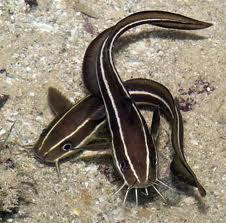


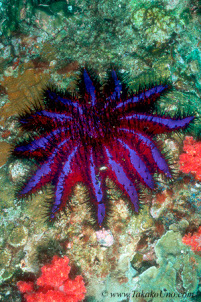

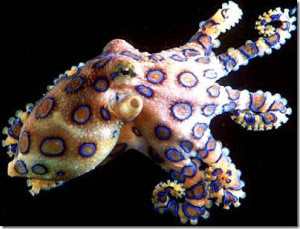


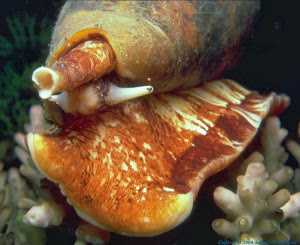
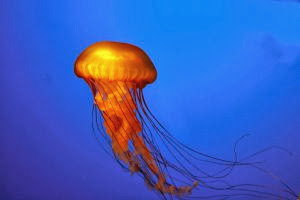
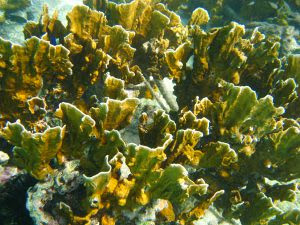
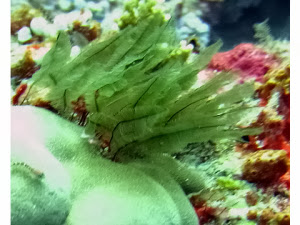
No comments:
Post a Comment